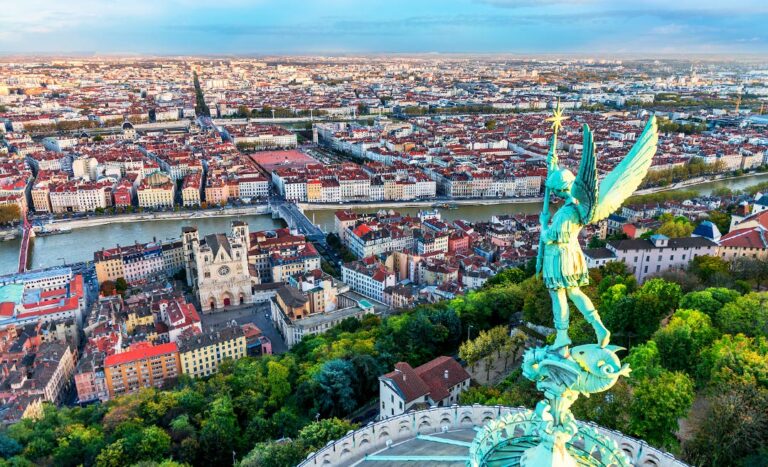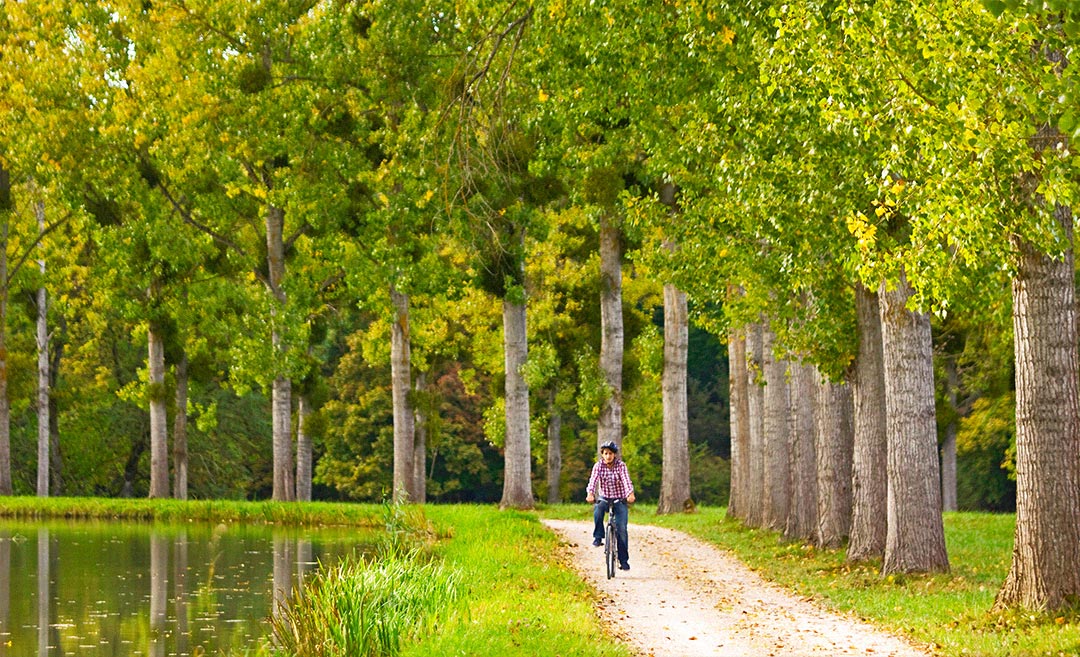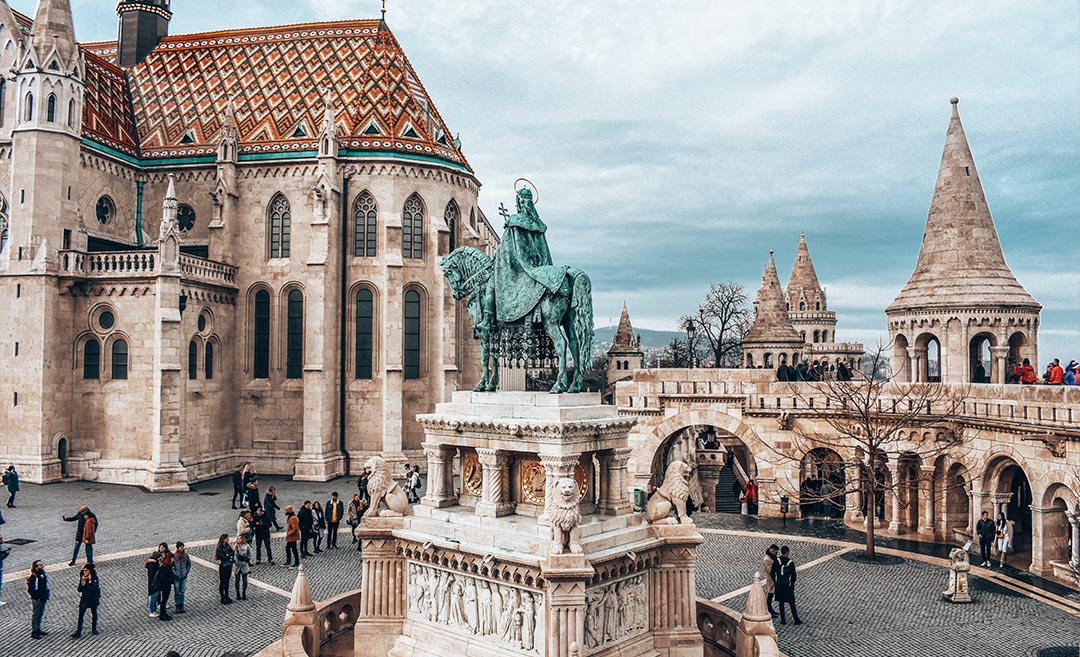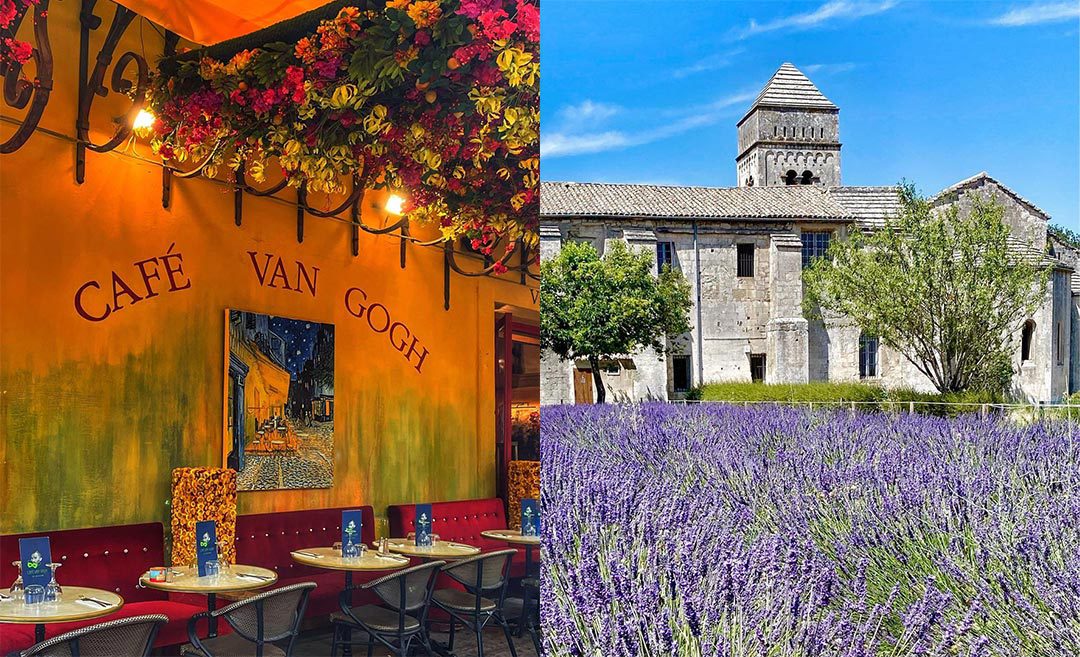Welcome to a journey through the enchanting Lyon, France, where history doesn’t just whisper from the ancient stones but sings from every corner. Nestled at the confluence of the Rhône and Saône rivers, Lyon is not merely a city; it’s a living museum, a testament to the resilience and brilliance of human civilisation through the ages.
From its early days as the Roman city of Lugdunum to its current status as a bustling urban metropolis, Lyon’s story is as layered and rich as the famous local cuisine.
The ancient foundation of Lyon
Picture this: the year is 43 BC, and the Romans, those ancient masters of engineering and governance, set their sights on a strategic confluence of the Rhône and Saône rivers. This was no random choice; the location was perfect for a new city, which they named Lugdunum. And it wasn’t just any city; it was destined to become the capital of Roman Gaul, a vital hub in the vast network of Roman territories.
Lugdunum, or Lyon as we know it today, quickly rose in importance. Its geographical position made it a central point for trade and communication across the Roman Empire. But it wasn’t just about economics; the Romans had grand plans for this city. They endowed it with magnificent architecture, some of which still whispers tales of the past to us today. For example, the Roman amphitheatres of Lyon are not just relics; they are a testament to the city’s long-standing tradition of cultural gatherings and performances.
But Lyon’s ancient foundation was more than just buildings and trade routes. It was a melting pot of cultures, ideas, and innovations. The city played a significant role in early Christian history, witnessing the martyrdom of Saint Blandina and others. These events shaped the spiritual identity of the region for centuries to come.
Lugdunum’s significance extended beyond the tangible. It was a beacon of Roman civilisation, a place where Rome’s administrative, religious, and cultural practices were implanted deep into the fabric of Gaul. This era laid the groundwork for Lyon’s enduring legacy, influencing its development through the Middle Ages and beyond. So, when you stroll through the streets of modern Lyon, remember that you’re walking on layers of history.
Lyon during the Middle Ages
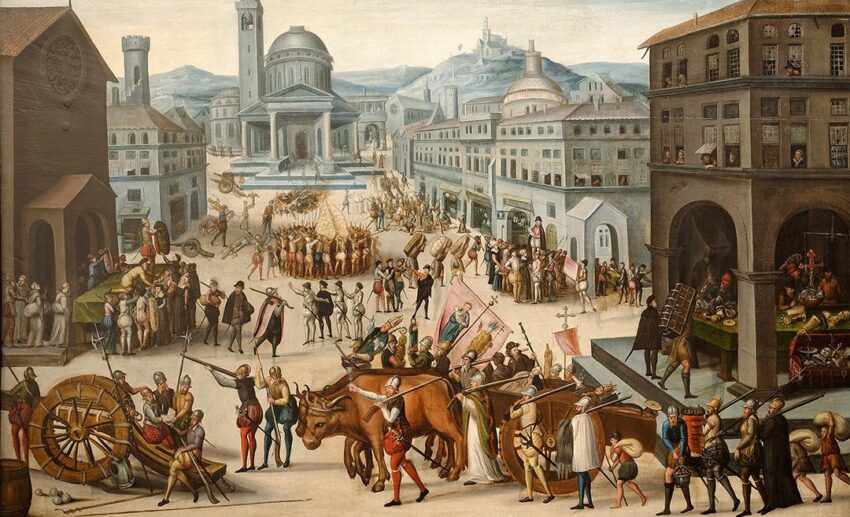
This period, stretching roughly from the 5th to the 15th century, was marked by significant growth and transformation for Lyon, despite the challenges of the era. Nestled at the confluence of the Rhône and Saône rivers, Lyon’s strategic location was its golden ticket. It became a vital crossroads for trade routes, connecting northern Europe with the Mediterranean coast. Merchants from far and wide were drawn to Lyon, bringing goods like spices, silk, and precious metals. The city thrived as a bustling marketplace, where goods from different corners of the world exchanged hands, weaving a tapestry of cultural and economic exchange.
But Lyon’s significance during the Middle Ages was more than just economic. The city became a cultural melting pot, attracting scholars, artists, and thinkers. This intellectual and cultural dynamism was partly fuelled by the introduction of the printing press in the 15th century. Lyon quickly became a centre for literature and the arts, publishing works that would reach readers across the continent. The city’s contribution to the Renaissance movement by disseminating ideas and knowledge cannot be overstated.
Despite its economic success and cultural vibrancy, Lyon, like many medieval cities, had its share of challenges. The town faced the Black Death, which swept through Europe in the 14th century and endured periods of conflict and political turmoil. Yet, Lyon’s resilience shone through. The city emerged from the Middle Ages stronger, poised to embrace the Renaissance and cement its place as a cultural and economic powerhouse.
Lyon’s journey through the Middle Ages is a testament to human resilience, ingenuity, and the power of strategic geography. The era laid the foundations for the city’s future prosperity, influencing its cultural landscape and economic trajectory for centuries to come. As we explore Lyon today, the echoes of the Middle Ages remind us of the city’s enduring legacy, inviting us to appreciate the layers of history that shape its present.
The Renaissance flourishing
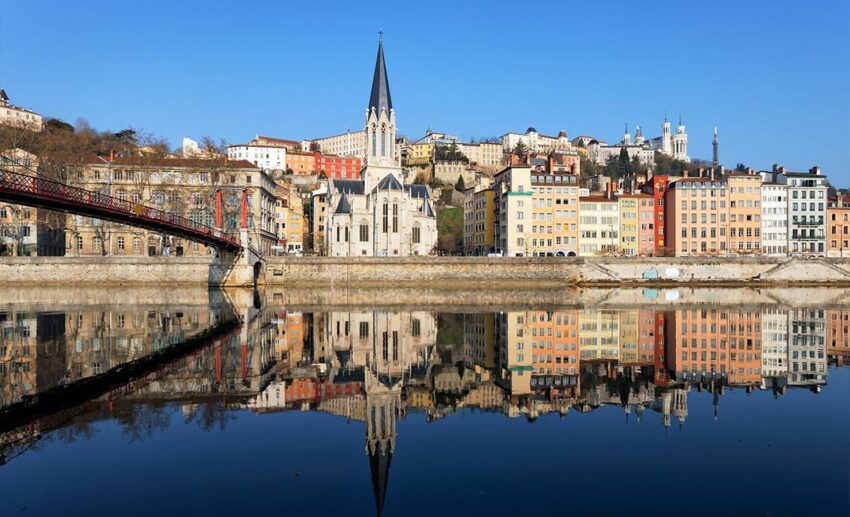
Ah, the Renaissance! When we talk about Lyon’s golden age, it’s impossible not to get a bit excited. This period was when Lyon truly blossomed, becoming a beacon of culture, finance, and innovation in France—well, in Europe, really. During the 15th and 16th centuries, Lyon’s star shone brightest, thanks in no small part to a few Italian bankers who decided this French city was the perfect spot for their operations.
Why Lyon, you ask? Its strategic position at the confluence of the Rhône and Saône rivers made it an ideal crossroads for trade. Merchants from all over Europe flocked here, bringing with them ideas, goods, and a fair bit of coin. The city became a melting pot of cultures, with Italian influence notably shaping its architecture, art, and even its banking system. The Italians weren’t just passing through; they left a lasting imprint on the city’s soul.
But Lyon wasn’t just about the money; it was a cultural hub, too. The city attracted artists, thinkers, and writers who found a source of inspiration in its bustling streets. The printing press, which arrived here shortly after Gutenberg had his eureka moment, played a significant role in disseminating Renaissance ideas. Lyon became a centre for publishing, contributing to the spread of knowledge and ideas that defined the era.
In essence, the Renaissance period was when Lyon affirmed its place on the world stage, blending commerce, art, and innovation in ways that continue to inspire. Whether you’re marvelling at the Renaissance architecture in Vieux Lyon or tracing the footsteps of the canuts, there’s a sense of being part of something much larger—a narrative of human achievement and beauty that transcends time.

